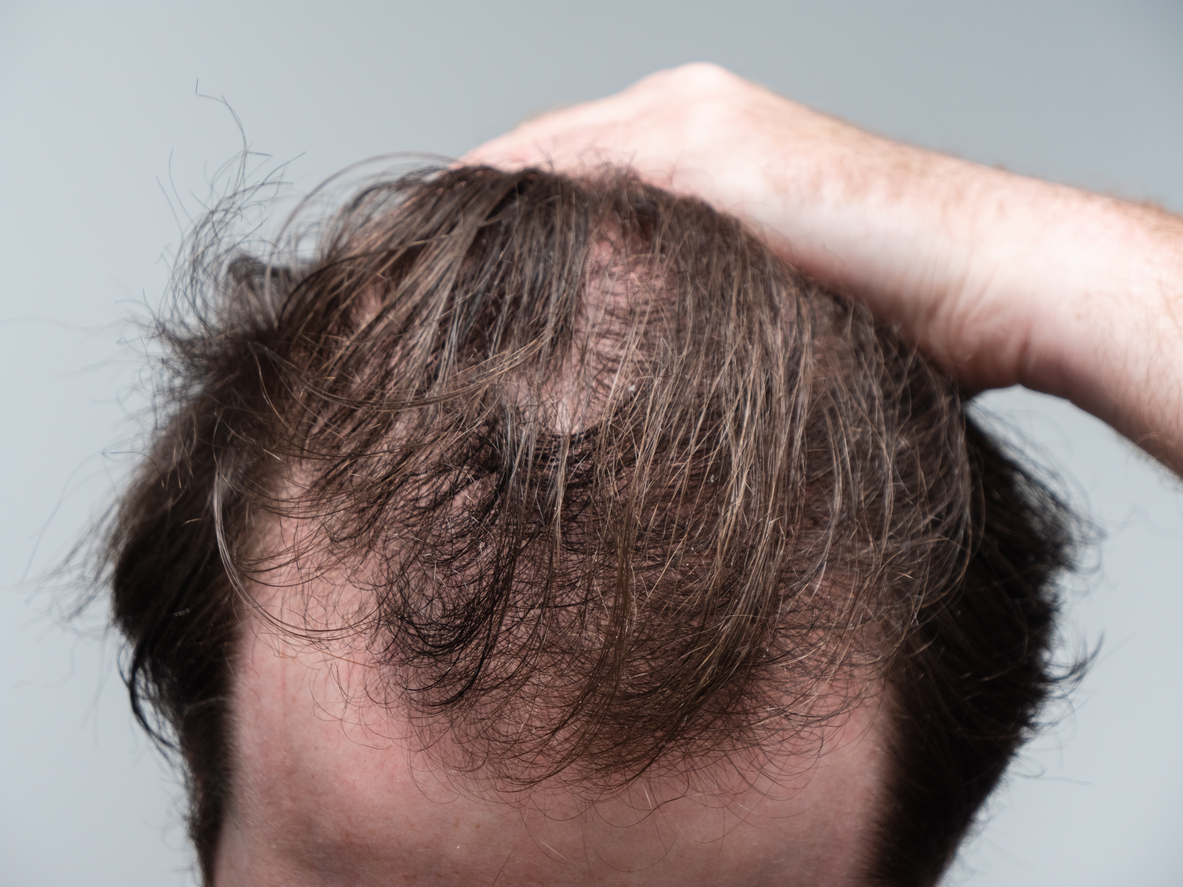Oral minoxidil has recently received press coverage after the NY Times published a story about its use in treating hair loss. Dr. Ratushny has been using oral minoxidil as a tool to combat hair loss in some of his patients for years before this press coverage, but he has seen more interest in it since this publication. Additionally, Dr. Ratushny has used oral minoxidil in certain patients as an added treatment after performing hair transplantation.
Topical minoxidil (typically a solution or foam) is FDA approved for both men and women for male and female pattern hair loss, respectively. When used topically, it helps prevent further hair loss, and to some extent can also help augment grow hair in both male and female patients. While the exact mechanism of minoxidil’s action in hair loss is not fully known, a proposed mechanism involves vasodilation (the widening of blood vessels), allowing more nutrients to the hair follicles and follicular stem cells, thus encouraging growth.
When minoxidil is used orally at full dose, it is a potent blood pressure-lowering agent. However, a very low dose of oral minoxidil can retain the hair growth benefits while minimizing unwanted effects on blood pressure. In Dr. Ratushny’s experience, oral minoxidil leads to more rapid and more sustained hair growth than topical minoxidil. Also, many patients prefer it to topical minoxidil due to the ease of use of a pill, rather than having to apply a solution or a foam to the scalp once or twice a day. Nonetheless, as with any oral medication, there are potential side effects. While some of these side effects are more evident at higher doses of oral minoxidil, it is important for patients to watch out for effects on their blood pressure, increased heart rate, growth of hair on other areas of the body other than their scalp and most importantly, a rare risk of fluid building up around the heart.
Dr. Ratushny sometimes recommends the use of oral minoxidil in select patients after a hair transplant, for example, if patients have a long-term history of severe pattern hair loss and desire to increase the thickness of their hair post-transplant. In other situations, certain patients prefer to start oral minoxidil if they experience a hair shedding called a telogen effluvium which can rarely happen after hair transplantation. Oral minoxidil in this situation can help mitigate this temporary hair shedding and can encourage hair growth. In general, most patients who undergo a hair transplant do not need to be on oral minoxidil. Whether or not to choose this option should be the subject of a discussion between the patient and his or her hair transplant surgeon. It is helpful to have a relationship with a hair transplant specialist like Dr. Ratushny who, in addition to his role as a surgeon, is also an expert in medical hair loss. This allows Dr. Ratushny to offer his hair transplant patients more options to manage their hair loss–both medically and surgically.
For more information, check out Dr. Ratushny’s previous blog post about oral minoxidil.


